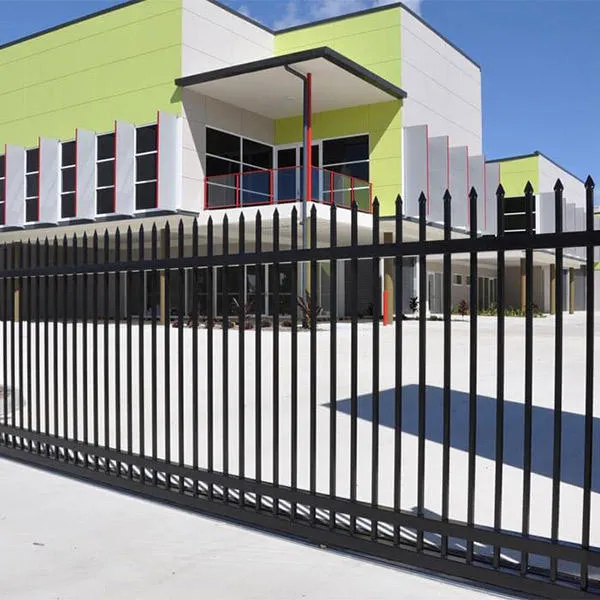Aug . 01, 2024 01:26 Back to list
Exploring the Intricacies of Twisted Square Bars in Modern Engineering Applications
The Fascinating World of Twisted Square Bars
When discussing the intricacies of construction and design, one often encounters various materials that play a pivotal role in achieving both aesthetic appeal and structural integrity. One such material that stands out is the twisted square bar. This unique creation combines functionality with visual intrigue, making it a popular choice in a plethora of applications across various industries.
Understanding Twisted Square Bars
Twisted square bars, as the name suggests, are metal bars featuring a square cross-section that is twisted along its length. This twisting process not only serves aesthetic purposes but also enhances several mechanical properties of the bar. Typically made from materials like steel or aluminum, the twisting process can increase the bar's strength and resistance to bending and torsion, making it suitable for demanding environments.
These bars are often used in architectural applications, providing an attractive ornamental element in railings, gates, and furniture. The twisting adds a sculptural aspect that plain square bars lack, enriching the visual texture of structures and designs. As a result, twisted square bars can serve both functional and decorative roles, appealing to architects and designers seeking to create unique, standout features.
Applications in Architecture and Design
In architecture, the twisted square bar finds its niche in railings, balustrades, and decorative fencing. The dynamic appearance of these bars can elevate a simple design into a work of art. For instance, in modern homes and commercial buildings, twisted square bars can be used to create minimalist yet eye-catching railings that guide the eye and provide safety without compromising on style.
twisted square bar

Furthermore, twisted square bars are increasingly being utilized in outdoor settings, from gardens to parks. Their unique shape allows them to blend seamlessly into natural landscapes while still standing out due to their distinctive appearance. This characteristic makes them an ideal choice for decorative elements such as garden trellises or arbors.
Beyond outdoor applications, twisted square bars are also popular in furniture design. Designers often incorporate these bars into tables, chairs, and shelving units, creating pieces that are both sturdy and visually captivating. The twisting pattern can serve as a focal point, transforming ordinary furniture into statement pieces that draw attention and inspire conversation.
The Manufacturing Process
Creating twisted square bars requires a combination of advanced metalworking techniques and skilled craftsmanship. The process typically begins with cutting the metal into square bars of the desired length. Subsequently, the bars are heated to a specific temperature to enhance their malleability. After achieving the right temperature, the bars are twisted using specialized machinery that imparts the desired twist without compromising the integrity of the material.
Once the twisting is completed, the bars may undergo further treatments, such as polishing or coating, to enhance their durability and aesthetic appeal. The result is a versatile product that can be used in various applications, merging strength with beauty.
Conclusion
In conclusion, twisted square bars represent a fascinating intersection of functionality and artistry. As architects, designers, and engineers continue to explore innovative ways to push the boundaries of design, materials like twisted square bars will undoubtedly remain at the forefront of their creative endeavors. Whether used in structural applications or as decorative elements, these bars encapsulate the essence of modern design—where strength meets beauty, and utility coexists with artistic expression. As the demand for distinctive design elements grows, the twisted square bar is poised to hold an enduring place in the world of architecture and beyond.
-
Welded Wire Mesh for Industry Factory - Anping County Puersen Hardware Wire Mesh Products Co., Ltd.
NewsAug.29,2025
-
Welded Wire Mesh for Industry Factory | Durable & Cost-Effective Solutions
NewsAug.29,2025
-
Durable Welded Wire Mesh for Industry Factory | Custom Solutions
NewsAug.27,2025
-
Durable Welded Wire Mesh for Industry Factory - High Quality
NewsAug.26,2025
-
Leading Galvanized Steel Fence Factory | Durable & Secure Fencing
NewsAug.24,2025
-
Welded Wire Mesh for Industry Factory - Durable & Custom Solutions
NewsAug.23,2025

